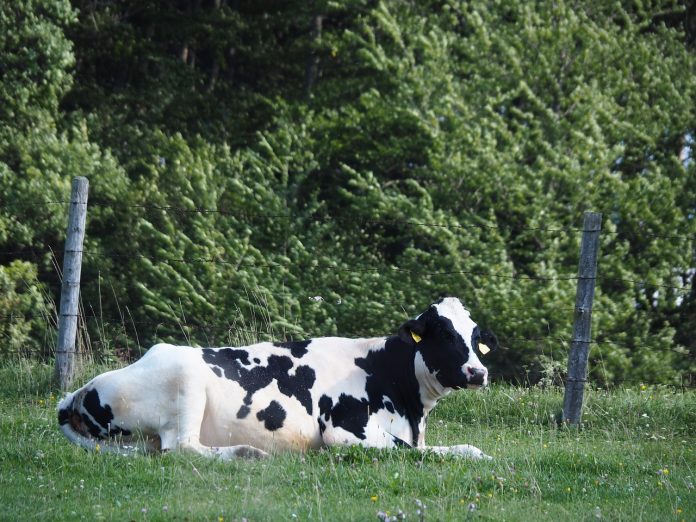Dairy Revenue Protection (DRP) is designed to provide opportunities to lock in price protection, potentially guaranteeing income above breakeven or limiting losses. Now may be a good time to learn about the program and how it may fit into your farms risk management strategy.
Dairy revenue protection helps to address the risk of unexpected drops in dairy prices. One of the challenges with DRP is that it uses futures price on the board of trade. Many producers have not found this program useful in the past since futures prices were not high enough to purchase coverage above their farms breakeven.
Now may be a good time to look at how to use DRP on your farm to help protect against the next expected price decline. As I write this today, third quarter 2020 Class III futures are $18.34/cwt. DRP lets producers choose the percent coverage they wish to purchase from 70-95% at 95% the trigger price for third quarter 2020 currently is $17.28/cwt.
By June 15, futures markets had declined, lowering the trigger price to $16.53, showing how critical it is to watch the markets daily to decide when to purchase coverage.
Many risk management tools can be used together to better manage risk. If choosing to only use one program at a time, they each have areas where they work better.
Dairy margin coverage
Dairy margin coverage covers producers when the margin between feed cost and milk price is low. This catastrophic coverage is very useful when breakeven prices cannot be found on the futures market.
Dairy revenue protection
Dairy revenue protection, on the other hand, provides revenue protection at any time when price declines below the revenue trigger price, making it a useful tool to lock in profitable futures prices to protect your operation. This program can also be useful when milk price is low to minimize damages when there is a threat of even lower milk prices. Since the program uses the futures market, which can be very volatile, it is important to learn about the program and find a provider so that when the opportunity is available to lock in profitable coverage you can act quickly.
Endorsement premiums are partially covered by subsidy with the producer paying the balance of the premium at the end of the covered quarter.
There are many decisions to make in the DRP program, many of which can be made before the day you want to purchase coverage.
Quarter you plan to cover
At any time sales may be available for up to five quarters. Sales close 15 days before the end of the quarter and may not be available during times of limited market activity.
Which traded components/class to cover. Producers can choose between Class III, Class IV or butterfat and protein combination coverage. This decision allows producers to select the marketing coverage that best matches their market risk.
How much to cover
Producer can cover all or a portion of each quarters production volume, choosing a mix of endorsements from different classes, components or time of purchase. Producers are obligated to produce at least 85% of the covered milk volume or 90% of the components to receive full payments.
Protection factor
Allows producer to choose a factor from 1 to 1.5 that can increase coverage on the volume of milk endorsed. Higher factor levels increase coverage and premium cost for the same volume of milk. This helps you better match your milk price compared to futures price and variation around the country.
When to purchase
Markets change daily, endorsements must be purchased between the market closing and the next opening. The time window is typically between 4 p.m. and 10 a.m. Example: An endorsement for third quarter 2020 coverage is purchased. Class III milk price with 95% coverage is chosen. You choose to cover 1 million pounds of your 3rd quarter production. The current Class III futures price is $17.40 with 95% coverage; the trigger/protected Class III milk price is $16.53. You must then decide on the protection factor between 1 and 1.5; the producer premium range is $.27-.40 per cwt based on your production factor choice. At the end of the third quarter, Class III milk price average is 16.05 triggering a DRP payment.
Payment Results
Payment at protection factor 1: Revenue guarantee $165,300 = [10,000 (cwt covered) * $16.53(trigger price) * 1(Protection factor)] – Actual Revenue $160,500 [$16.05(Class III milk price) * 10,000 (cwt covered)*1(Protection factor)]- Producer premium $2,700 = Producer payment $2100 Payment at protection factor 1.5: Revenue guarantee $247,950 = [10,000(cwt covered) * $16.53(trigger price) * 1.5 (Protection factor)] – Actual Revenue $240,750 [$16.05 (Class III milk price) * 10,000 (cwt covered) *1.5 (Protection factor)]- Producer premium $4,000 = Producer payment $3,200













